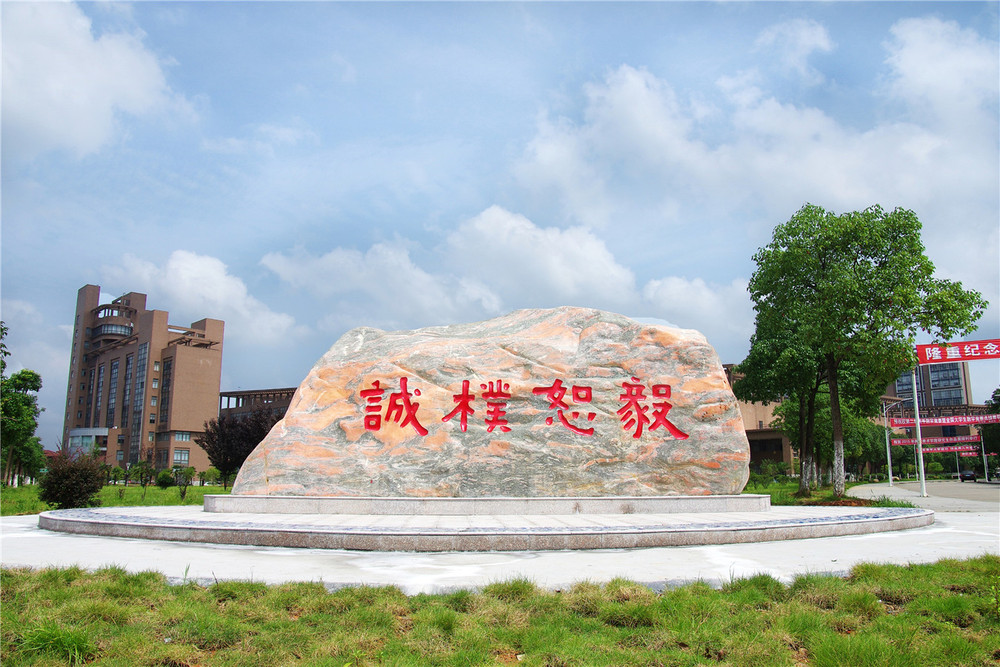Profile
- Founded in: 1910-08-26
- Campus: square meters
- Students: 20000 (as of 18 December)
- International Students: 100 (as of 18 December)
- Scholarship: Yes
Study in Jingdezhen Ceramic Institute

Jingdezhen Ceramic University is the only multi-disciplinary undergraduate university named after ceramics in China. It is one of the 30 independent undergraduate art colleges in China and one of the first 94 universities with all qualifications to enroll foreign students enjoying Chinese government scholarships for master's degree and bachelor's degree. It has been approved to support universities in basic capacity-building projects in central and Western universities. It has now developed into ceramics in the whole country and even in the world. It is an important base for cultural and artistic exchanges, ceramic talents training and scientific and technological innovation.
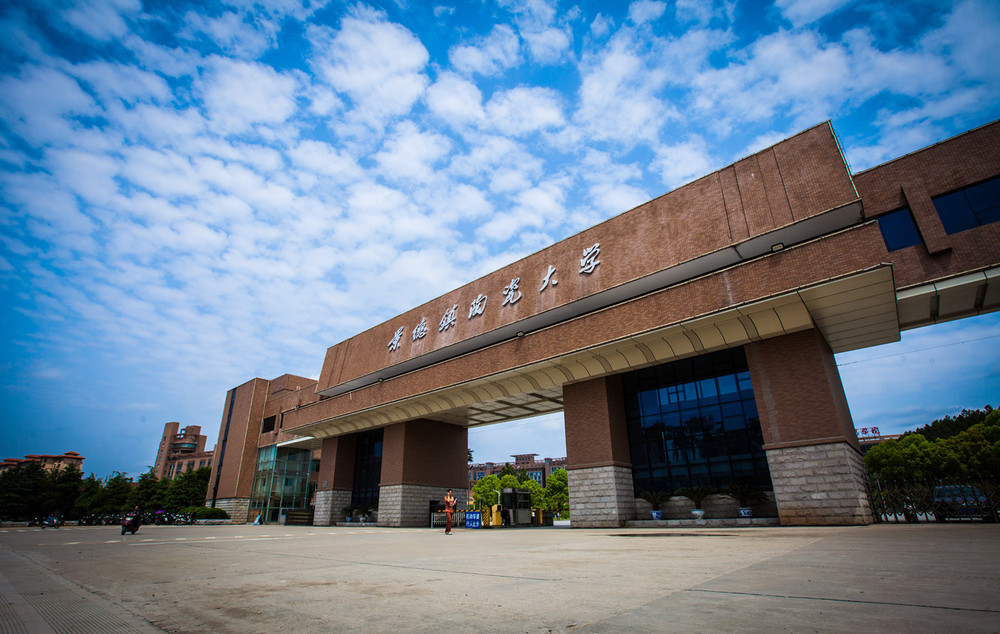
History Evolution: The school's predecessor was China Ceramics School founded in 1910; Jiangxi Provincial Ceramics College was established in 1947, which became one of the five specialized colleges in Jiangxi Province at that time; Jingdezhen Ceramics College, which was established in 1958 with general undergraduate course, belonged to the former Ministry of Light Industry of China. In 1998, the school management system was transformed into a co-construction between the central government and Jiangxi Province, with Jiangxi Province as the main management. In 1984, he was granted the right to grant master's degree, and in 2013, he was granted the right to grant doctoral degree. In 2016, he was renamed Jingdezhen Ceramic University.
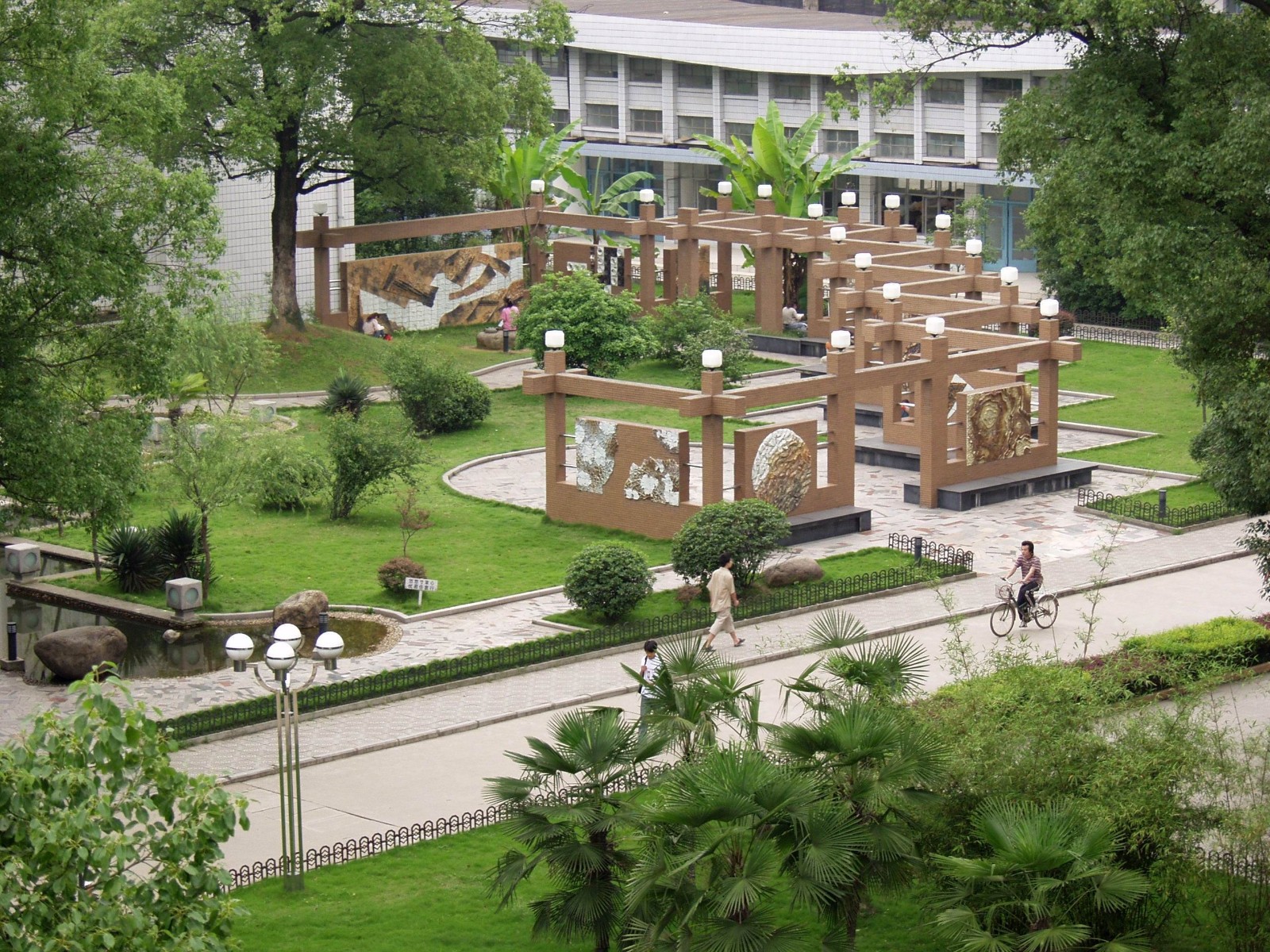
Overview of the school: The school has three campuses, namely, new factory, pottery Research Institute and Xianghu Lake, covering an area of more than 1600 mu. The school has 10 teaching institutes (ministries) including the College of Materials Science and Engineering, the Academy of Ceramic Arts, the Academy of Design Arts, the College of Arts and Culture, the College of Mechanical and Electronic Engineering, the College of Management and Economics, the College of Information Engineering, the College of Foreign Languages, the College of Marxism, the Ministry of Physical Education and Military Education, as well as the Graduate School, the International College, the College of Entrepreneurship Independent College - Academy of Science, Technology and Art. At present, there are more than 19,000 full-time undergraduate students (including independent colleges), including 40 doctoral students, 1035 master students and nearly 100 foreign students. A complete talent training system of "Ben-Shuo-Bo" has been formed. At present, there are 802 full-time teachers, including 450 senior titles and 202 doctors. They have more than 50 high-level professionals, including members of the discipline evaluation team of the Academic Degree Committee of the State Council (Design Science), winners of the Outstanding Youth Fund, national candidates for "Millions of Talents Project in the New Century", experts enjoying special allowances from the Government of the State Council, 26 national art masters and provincial experts. There are nearly 200 talented people.
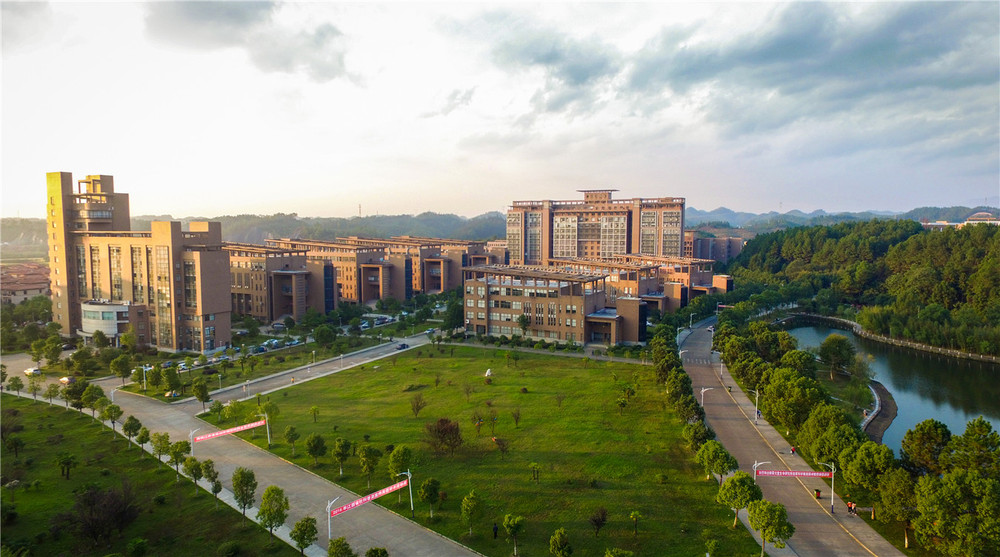
Discipline: The school has 46 undergraduate majors, 2 First-Level Discipline doctoral programs, 13 First-Level Discipline master's programs (51 second-level discipline master's programs) and 4 professional degree master's programs, covering 10 disciplines such as engineering, art, management, literature, science and history. The school has five key disciplines at the provincial level (including two high-level disciplines in the province). It has formed three dominant characteristic disciplines groups of "Art Design and Ceramic Culture, Ceramic Material Engineering and Mechatronics, Ceramic Economy and Management", and carefully trained from ceramics materials to ceramics. High-level specialists in the whole industrial chain from product design to management. In the third round of subject evaluation by the Ministry of Education, school design ranked sixth in the country, art ranked ninth, material science and engineering ranked sixteenth, with remarkable advantages in subject characteristics. In 2016, "Design" became the first leading discipline of Jiangxi University Discipline Alliance. The arts majors in the existing undergraduate majors of the school are included in the admission in advance, while the two specialties of inorganic non-metallic materials engineering, mechanical design and manufacturing and automation are included in one book.
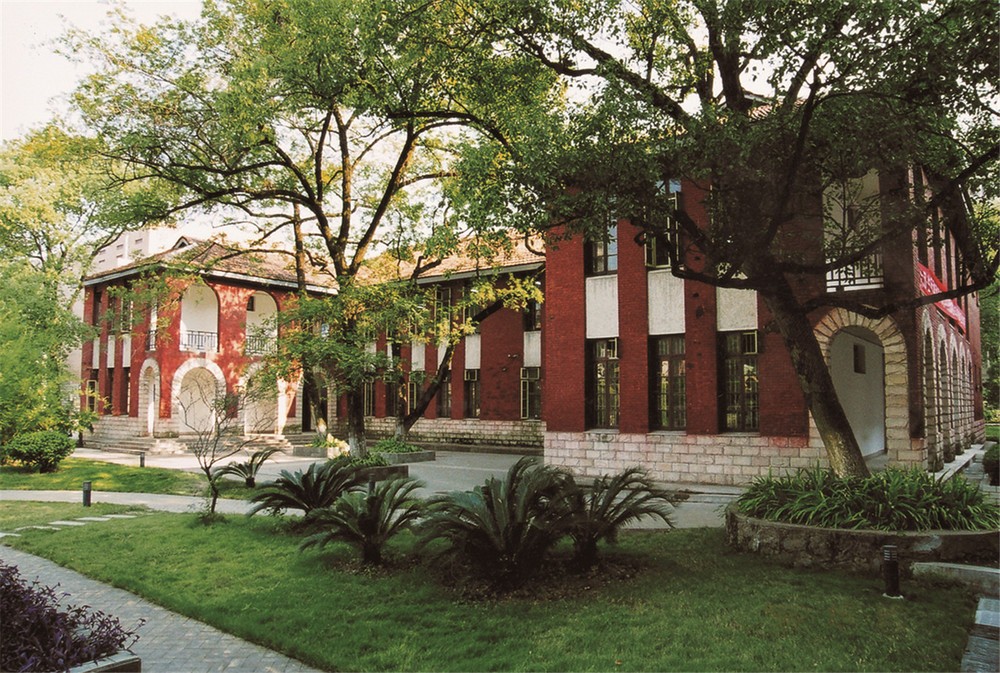
Education and teaching: The school won the second prize of national teaching achievement, which is the second batch of excellent engineer education and training plan universities of the Ministry of Education; in 2015, it became the first batch of Pilot Universities in Jiangxi Province for transformation and development. Now we have one national experimental teaching demonstration center, one national talent training model innovation pilot area, one national "quality video open course", one national quality textbook, three national characteristic specialties, four national engineering practice education centers, three national outstanding engineer education training plan pilot specialties, and one national "comprehensive professional reform pilot" project. 1 national continuing education base for professional and technical personnel and 1 research and training base for inheritors of intangible cultural heritage in China. In recent years, the rate of student employment has always been the forefront of universities in the province. Students have made great achievements in competitions at home and abroad. They have won the award of the red dot International Design Award, the IF International Design Award and the W3 world bathroom design award, known as the "Oscar prize for design". The school's "ceramic art project on fingertips" was awarded the first China Internet plus in 2015. In 2016, Professor Wang Yongqing's project "High Performance Ceramic Membrane for Water Treatment" won the Gold Prize of the National Innovation and Entrepreneurship Competition for Scientists (the only one in Jiangxi Province).
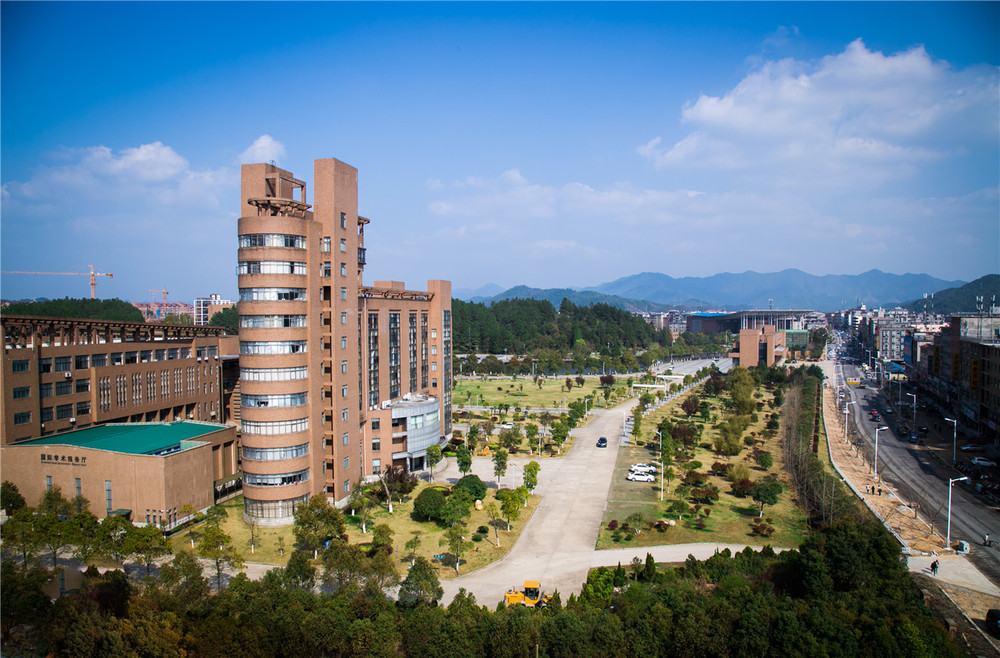
Scientific research: The school has 25 provinces, including the National Research Center of Ceramic Engineering Technology for Daily Use and Building (the first in Jiangxi Province), the National Joint Engineering Research Center for Ceramic New Materials, two national engineering centers and the Engineering Research Center of the Ministry of Green Ceramics Education, the China Ceramic Intellectual Property Information Center, the National Ceramic Documentation Information Center and the National Ceramic Product Quality Supervision and Inspection Center. Ministerial scientific research service platform (which has been approved by provincial Collaborative Innovation Center in 2011 for four consecutive years), as well as a number of national professional associations and institutions resident schools, has formed a complete support system to support and serve the development of ceramic industry in an all-round way, and has achieved the national second prize for scientific and technological progress and other symbolic achievements, formulating and revising more than 120 national and industrial standards, and more than 200 scientific research achievements. Successful transformation into productive forces has promoted the transformation and upgrading of China's ceramic industry and scientific and technological progress. The school's scientific research project "Ceramic Permeable Bricks" breaks the monopoly of foreign technology, and "High-temperature Ceramic Red Ink" overcomes the world's difficult problems. In 2016, the National Research Center of Daily Use and Building Ceramics Engineering Technology was awarded the second batch of pilot units of science and technology service industry (the only one in Jiangxi Province) by the Ministry of Science and Technology. The school has entered the top 100 ESI-TOP papers of Chinese universities in 2012 and ranked 65th in the top 100 papers of Chinese universities in 2015. Two papers were selected as the most influential international academic papers of China in 2016. The academic journals such as China Ceramics, China Ceramic Journal and China Ceramic Industry, sponsored by the university, enjoy a good reputation both at home and abroad.
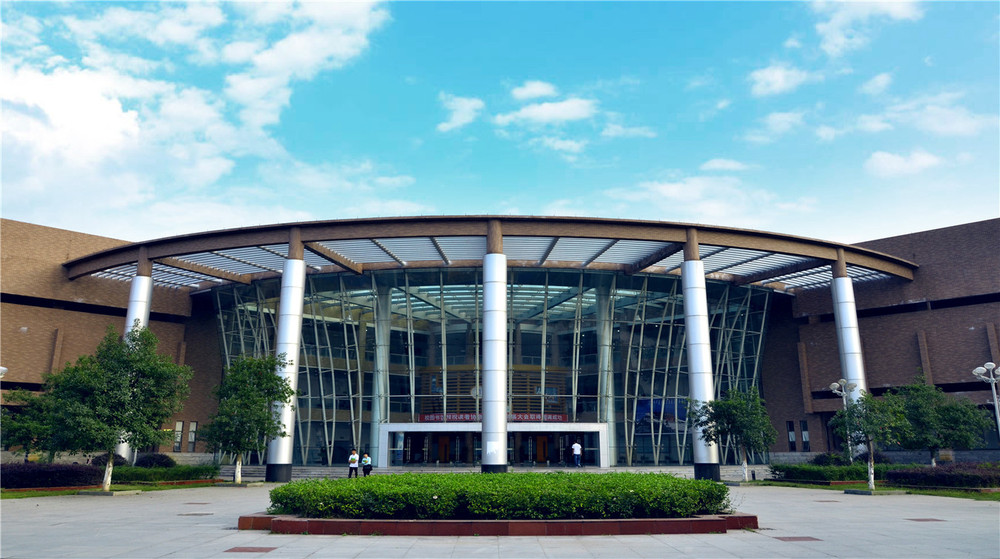
Art Creation: School artists gather together. On the basis of inheriting traditional ceramic techniques, they pay attention to the innovation of materials, crafts, shapes and decorations. They have created such artistic forms as "modern folk blue and white", "comprehensive decoration of ceramics" and "art of modern ceramic paintings". They have created a large number of epoch-making national art treasures and undertook the founding ceremony and the Great Hall of the People. Chairman Mao's design and production tasks of ceramics, Nixon Cup, Beijing Olympic Games, Shanghai World Expo, China Expo and Beijing APEC Conference are of great historical significance. More than 300 works have been collected by famous museums and art galleries at home and abroad. More than 200 works have won prizes in national art exhibitions and other major evaluations, and won the 11th National Art Exhibition. The top prize of national art and the bronze prize each have achieved a breakthrough of zero gold prize in Jiangxi's top prize of national art since the founding of the People's Republic of China. In 2015, the two pottery works "Xianghe" and "Sui He", which were introduced into Buckingham Palace in Britain, attracted wide attention and praise, and further enhanced the international influence of the school.
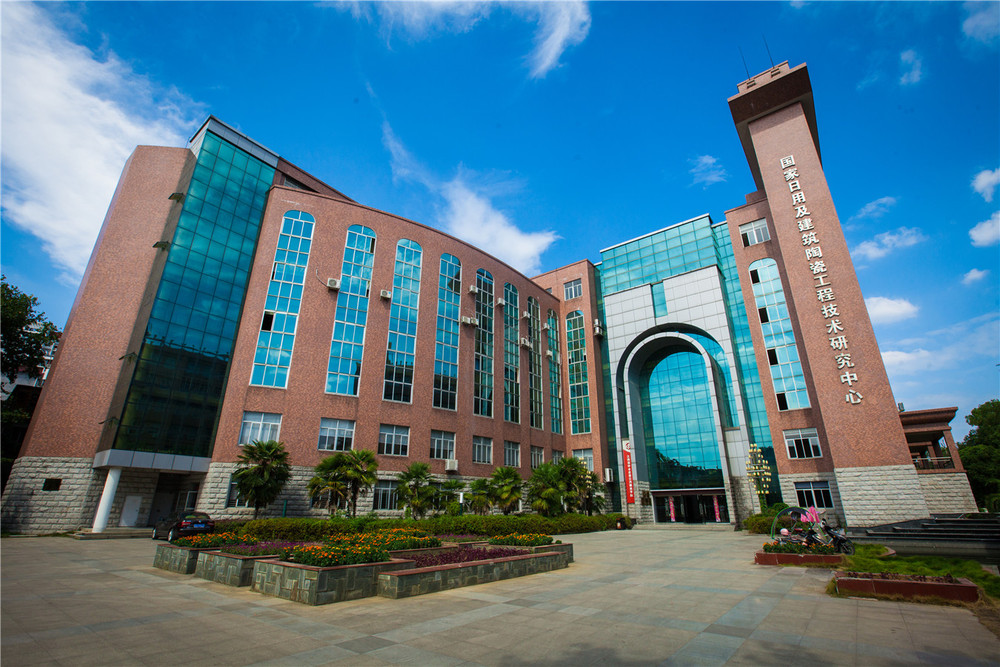
Foreign Exchange: As one of the most distinctive universities in China (the only one in Jiangxi Province), Jiangxi University has gone to Russia to participate in the "21st Century China University Exhibition" organized by the Ministry of Education. It has repeatedly presented gifts to foreign politicians on behalf of the Chinese Government and enjoyed a high reputation in the world. The school began to receive foreign students in 1958. Over the past 60 years, it has trained more than 3000 foreign students from more than 20 countries and regions on various continents. It has established friendly cooperative relations with more than 30 universities and international ceramic artists associations in the United States, Britain, France, Japan and South Korea. It has sent teachers to teach, students to study and visit each other, and jointly trained artistic talents. The project "JCI-WVU International Ceramic Artists Studio" was listed as "a model and a new climax of Sino-US folk exchanges" in the "200 Years of Sino-US Relations" published by the US State Department. In 2016, the first overseas ceramic culture research center, Korea-Jingdezhen Ceramic University International Ceramic Culture Exchange Center, was established.
In recent years, the school has grasped the development trend of the world ceramic art, and has hosted over 10 international ceramic engineering, art, culture and education seminars, relying on the heavy ceramic culture in Jingdezhen. Especially in the past two years, the school has actively integrated into the "one belt and one road" strategy, successfully organized the "maritime Silk Road - Ceramic Road", "Royal kiln and ceramic art" Jingdezhen ceramics. With the international seminar on "one belt and one way" strategy, China (Jingdezhen) high tech ceramic International Forum and the Ninth Asian ceramic materials seminar, the Third International Symposium on central China design art and the ISCAEE international educational exchange series activities, and other important international academic exchanges, more than 200 overseas experts participated in the seminar, which effectively promoted ceramic technology and International development of culture and art. On behalf of the country, the school held exhibitions of ceramic works of art for teachers and students at UNESCO headquarters, Louvre, Cambridge University, Asian Museum of Greece, Grand Palace of France and other important places, which fully demonstrated the outstanding achievements made by the school in ceramic art education and creation, and greatly promoted Chinese ceramic culture and art to the world.
